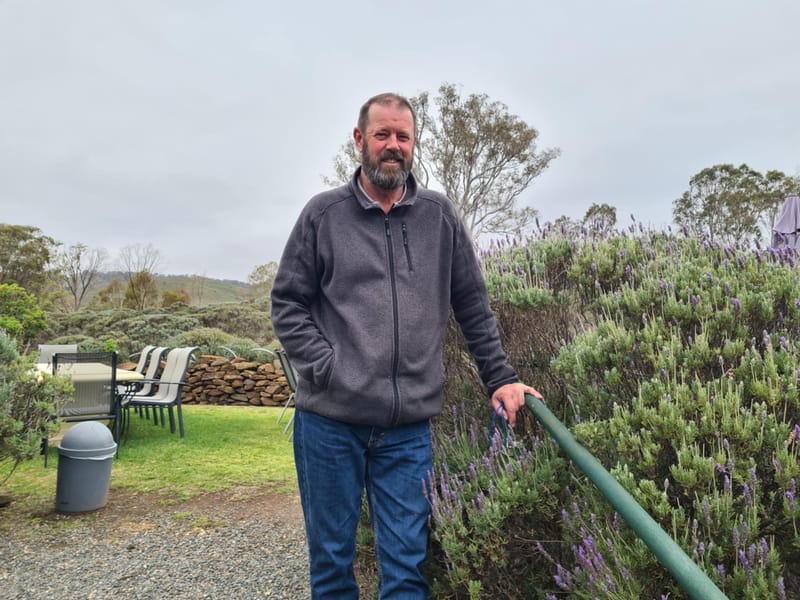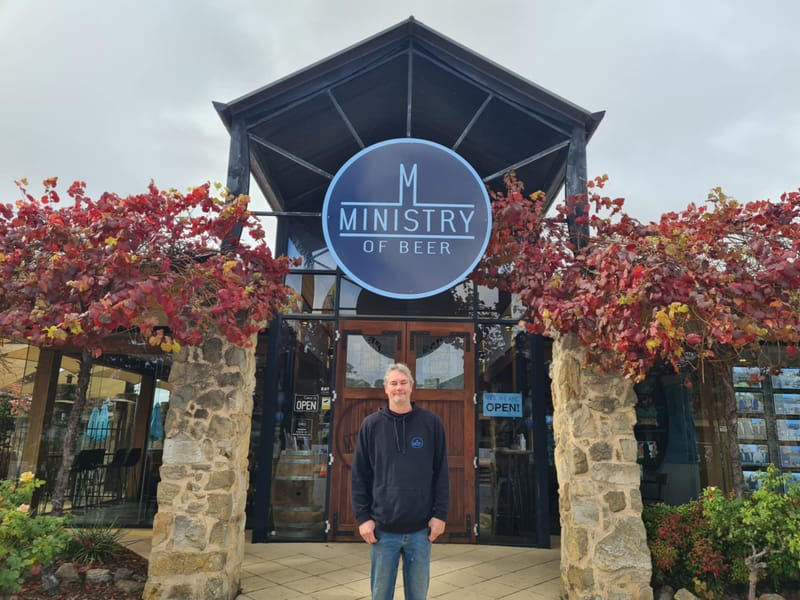It’s beginning to look a lot like Christmas
TUCKED away off the Sturt Highway at Wonuarra, just outside of Paringa, is the Riverland’s only Christmas tree farm. Run by Marg and Ed Simpfendorfer, the Paringa Christmas Tree Farm has been providing the Riverland with Christmas trees for five...

TUCKED away off the Sturt Highway at Wonuarra, just outside of Paringa, is the Riverland’s only Christmas tree farm.
Run by Marg and Ed Simpfendorfer, the Paringa Christmas Tree Farm has been providing the Riverland with Christmas trees for five years now.
What once started out as a hobby for Ed, has turned into a small farm and business.
“We came here originally in 1980 and we bought a property, which was a mixed farm, so we had vines, stone fruit and pistachios,” Ed said.
“When I retired about 10 years ago, we decided to plant some native pines as we had dabbled around in growing Christmas trees for family and friends; we got a bit more serious after that.
I have always loved trees. I have a green thumb, it’s sort of in my DNA.”
The farm started off growing native Australian pine trees, which grow well in Paringa due to the limestone in the Mallee soil.
“But then people were saying they like the scent of a real Christmas tree, so we planted an Aleppo pine tree, which come from the Mediterranean, where they have lots of limestone in the soil,” Ed said.
“It’s a near perfect climate here for the Aleppo pines, so the soil here works well for them and the trees grow really well.”

It takes about five years for the Aleppo pine to grow to a size where it can be cut down and used as a Christmas tree, with Ed planting the next lot of trees in the weeks after Christmas.
“There is quite a bit of work to do with the planting and the maintaining and the weeding and the trimming,” he said.
“I just love it; I love being out there and doing things.
“The pines usually end up around two and a half metres.
It is really funny when people come out and they see a nice tree and they cut it down and it’s so big it hits their ceiling and has to bend over.
“We have one lady who comes with her tape measure; so she measures the trees before she takes one home.”
However, it is not all roses for Marg and Ed, who are constantly battling with a cute, but annoying little pest.
“Recently we have had rabbits come and ring bark the trees,” Ed said.
“The trees are just growing there nicely and the rabbits want to sharpen their teeth I guess, so they start ring barking and we have had to put little cages around the trees.
“The rabbits also came in and started nipping out the central leaders of the trees, which shapes the whole tree, so we put a bigger cage over the base and that seems to be working.”

As the only Christmas tree farm in the Riverland, Ed said the business gets customers from Waikerie, Loxton and even from Mildura.
“There used to be a farm in Mildura, so we get people from all over,” he said.
“There is real potential if you wanted to grow pine trees in the Riverland; you could sell them to Adelaide quite easily too.”
Marg said the best time to pick up an Aleppo pine tree was early December, ensuring the tree was still in good condition for Christmas Day.
“It’s better to wait until the first of December, so we tell people don’t bother coming before then because then the trees are not really that nice before Christmas,” Marg said.
The second week in December is the best because they will still look and smell nice as long as you keep the water container full.
“One of the customers actually started the tagging idea.
“So, what some people do is they come to the farm in the middle of November and they tag the tree which they like.
“Customers find a tree which is really nice, put a band around it with their name on it and come and collect it two or three weeks before Christmas.”
The farm sells approximately 60 trees each season, with Ed saying he is “really happy with that”.
“We have got 300 in the ground here, but they are all at different stages,” he said.
“It’s not a big business in any shape or form, but we just enjoy it. It’s a bit of a hobby really.”
While many people may be interested in expanding such a business into a bigger entity, Ed and Marg are happy to keep it exactly how it has always been.
“We have seen websites where the farms are bigger and they have kitchens and eateries and ice cream with 25 people working there,” Ed said.
“We don’t want that; we just want to keep it small and simple.”





